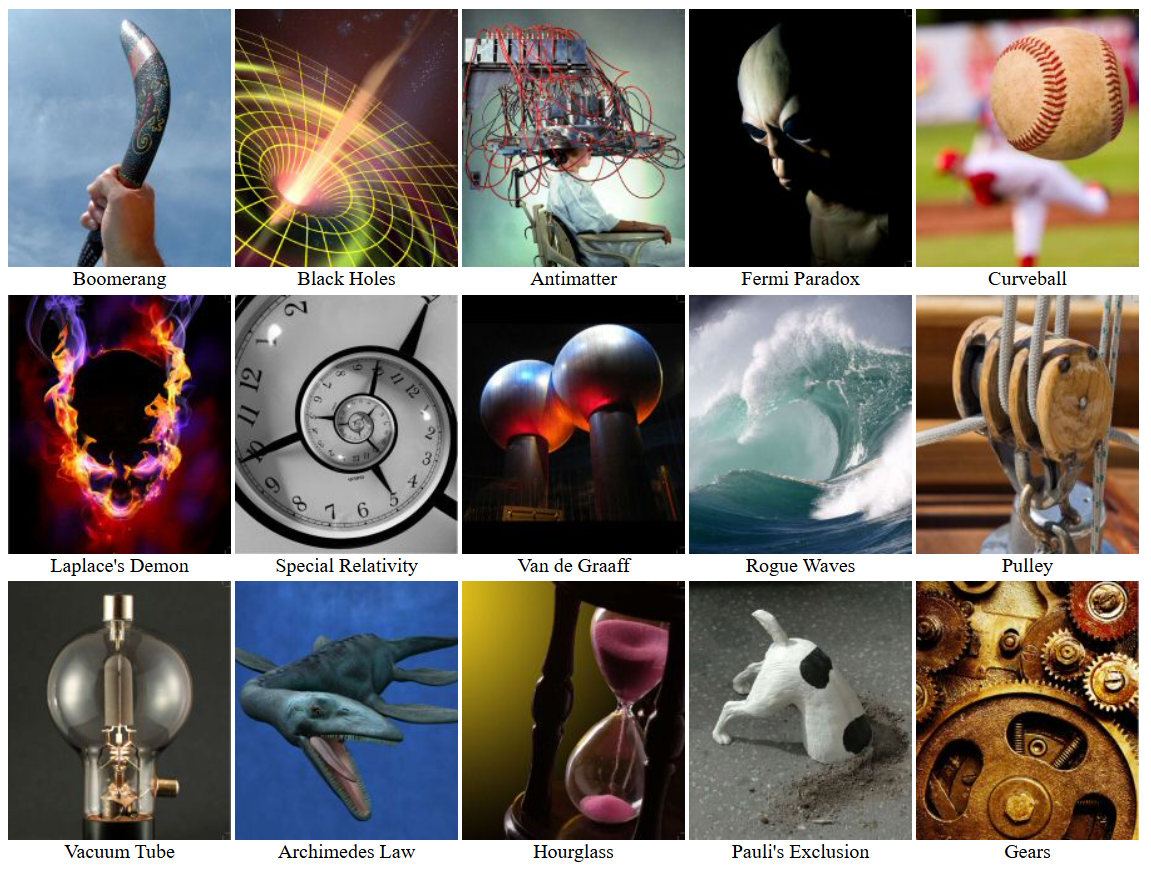Description
In addition to exploring such engaging topics as dark energy, parallel universes, the Doppler effect, the God particle, and Maxwells demon, the books timeline extends back billions of years to the hypothetical Big Bang and forward trillions of years to a time of “quantum resurrection.” Like the previous titles in this series, this Book helps readers gain an understanding of major concepts without getting bogged down in complex details.
From an Amazon reviewer: Ray Erskins
“The Physics Book” is Clifford Pickover’s latest version of the illuminated scientific manuscript. This stunning, visually impressive work is a beautiful companion piece to its award winning predecessor, “The Math Book: From Pythagoras to the 57th Dimension, 250 Milestones in the History of Mathematics (Sterling Milestones).” In this effort the principles of physics (250 in all) are distilled into single pages of text with accompanying illustrations on the pages to the right. As in “The Math Book” you have an opportunity to focus upon the matter at hand as it etches its essence into your memory without your becoming distracted by other brain teasers that comprise the field of physics (or mathematics) in its totality. And as soon as you feel myopia setting in, you can simply turn the page and it’s as if a new episode of “Star Trek” has begun.
The waters run pretty deep as you peruse the pages, but difficult-to-fathom concepts are skillfully explained. “Pauli’s Exclusion Principle” (page 340) is a perfect example. Most descriptions I’ve read of it are rather abstruse, unless you are a physicist. But Pickover provides a wonderful illustration that says it all, one that clearly demonstrates that two objects cannot occupy the same space at the same time. You’ll find this artwork quite humorous if you love dogs.
Then, as you scan page after page, the fundamental importance of physics in our everyday lives becomes increasingly obvious. The mystery of the “Baseball Curveball” is explained (page 238). It really does curve (which is explained scientifically by Bernoulli’s Law of Fluid Dynamics), but it also tricks the batter’s eye by distorting his perception of it as the position of the ball shifts from direct to peripheral vision, making it that much more difficult to hit.
As the abovementioned demonstrates, Cliff Pickover works very hard to engage the non-specialist, often by choosing topics that already have a large following. Golf, for instance. Did you know that “Golf Ball Dimples” are intended to increase the ball’s flight characteristics as it is driven down the fairway? A ball could be designed that would enable more of us to play like Arnold Palmer. But then, all the old records would be shattered with the new, scientifically engineered balls. This is deftly explained on page 298.
Speaking of balls, Buckyballs (page 480) have become objects of intense interest in science. They are named after Buckminister Fuller, the famous engineer, inventor, and philosopher who “created cage like structures, like the geodesic dome, that reminded the C60 discoverers of the buckyball.” Buckyballs may have a future as “superionic’ batteries. They may also have “biological, electrical, optical, and magnetic applications…” This is just another example of the fractal nature of physics and its potential to spawn new technologies from previous archetypes of our understanding.
Going deeper, “The Special Theory of Relativity” (STR) on page 292 becomes accessible in an instant as you gaze into the face of a clock that resembles the spiral vortex of the Fibonacci curve. The relativity of space and time is right before your eyes as you swirl down into the infinitesimal center like “Alice in Wonderland.”
All of the above is but a thin slice of the wonders that await you within the confines of “The Physics Book!” From the sublime to the everyday, from the noetic to the poetic, it’s all in there, somewhere.
























Leave a Reply